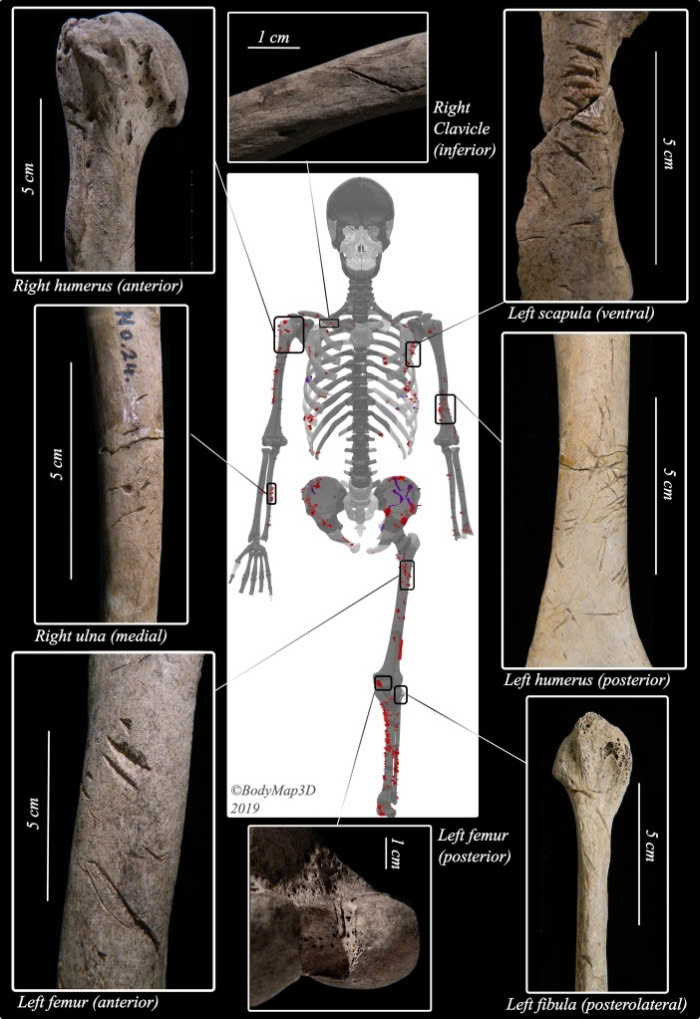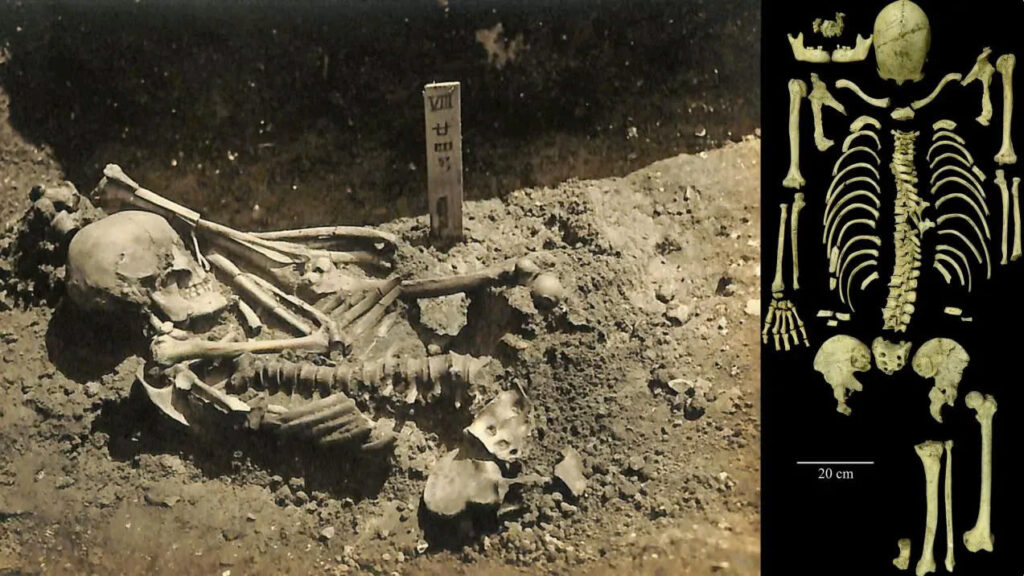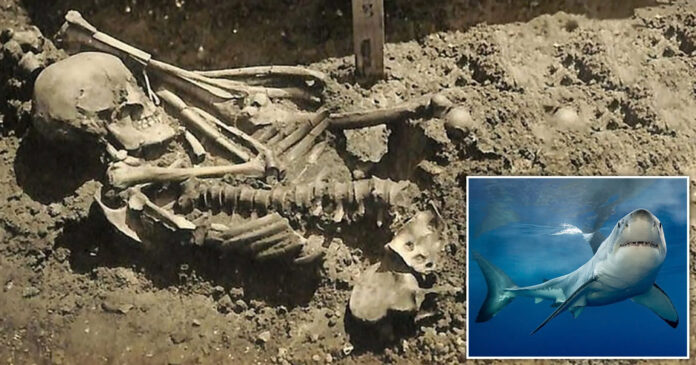Groundbreaking Discovery Sheds Light on Prehistoric Marine Encounters
Oldest Direct Evidence of Shark Attack Unearthed

Researchers from Oxford University have made a startling discovery in Japan’s Seto Inland Sea: the remains of a 3,000-year-old shark attack victim. This finding, published in the Journal of Archaeological Science: Reports, represents the oldest direct evidence of a shark attack on a human ever recorded.
Piecing Together an Ancient Tragedy

The victim, known as No. 24, was an adult male whose skeleton bore the marks of a violent encounter. Oxford academics J. Alyssa White and Professor Rick Schulting stumbled upon this remarkable case while studying violent trauma in archaic hunter-gatherers at Kyoto University.
Forensic Analysis Reveals Gruesome Details

The researchers found at least 790 deep, serrated injuries on the man’s bones, primarily concentrated on his arms, legs, chest, and abdomen. After ruling out human conflict and common animal predators, the team collaborated with shark attack expert George Burgess to recreate the incident.
A Glimpse into Prehistoric Marine Life

Dr. Mark Hudson from the Max Planck Institute notes that this discovery offers new insights into the relationship between Neolithic Jomon people and their marine environment. Whether No. 24 was deliberately hunting sharks or fell victim to an opportunistic attack remains unclear.
Prehistoric Community’s Response
Despite the violent nature of his death, No. 24 was buried with care in the Tsukumo Shell-mound cemetery, suggesting he was a valued member of his community. This poignant detail provides a touching glimpse into the social dynamics of this ancient society.
Advancing Archaeological Understanding

This extraordinary find not only illuminates a dramatic episode in prehistoric Japan but also demonstrates the power of interdisciplinary research in archaeology. By combining forensic analysis with historical context, researchers have brought a 3,000-year-old story vividly to life, enriching our understanding of human-animal interactions in the distant past.

